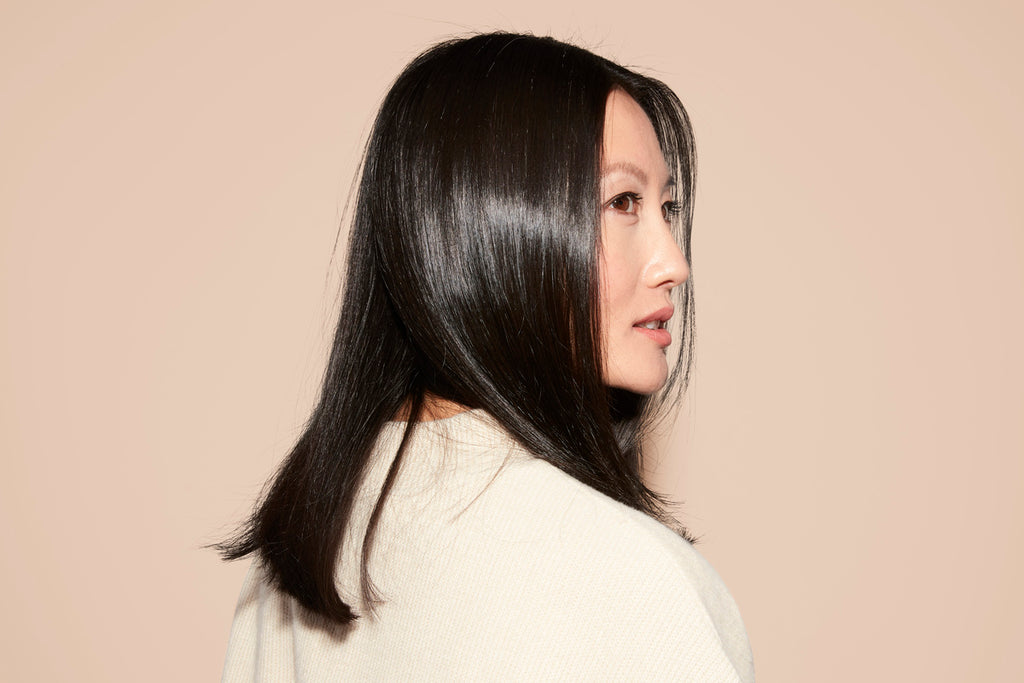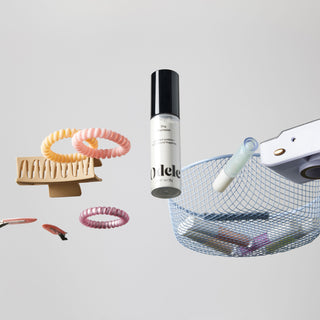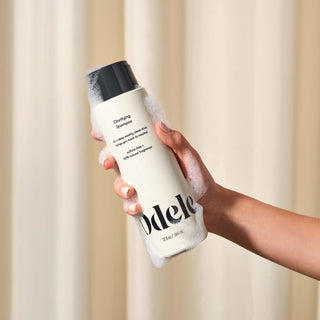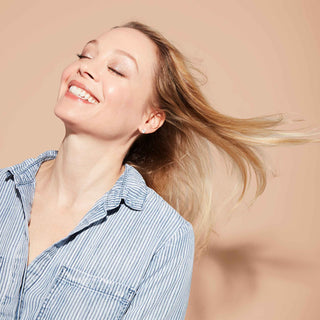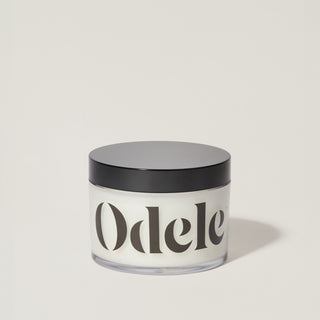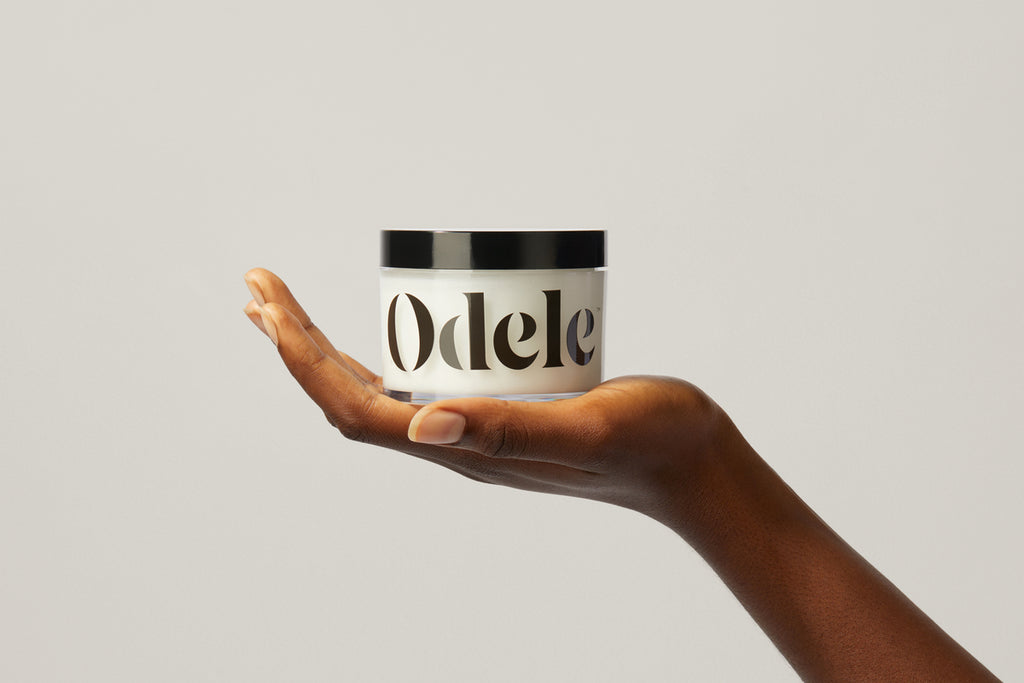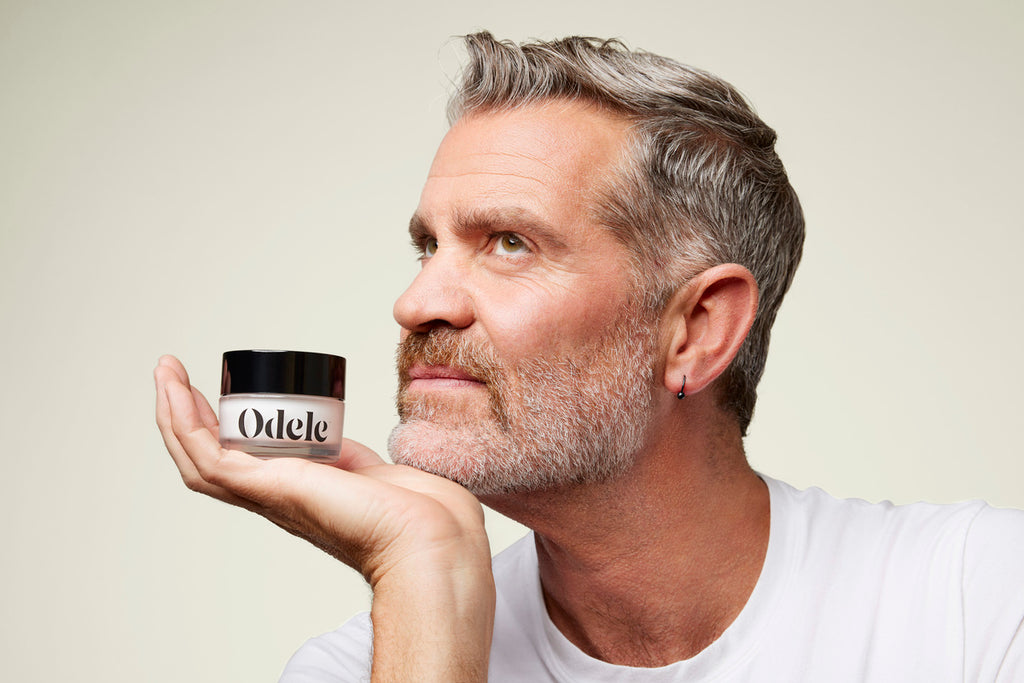Greasy hair is never fun, but we’ve got tips to keep it under control.
If your mane gets oily fast—like, within a day or less after shampooing—there could be a few reasons why. Let’s talk through them, and then we’ll look at some solutions.
What causes greasy hair?
Each hair follicle on your head has an oil gland that produces sebum. Sebum is there to naturally moisturize your scalp and keep your hair healthy, shiny and strong. But when there’s too much of it, it can build up and lead to greasy, limp locks.
People with fine hair usually have more follicles on their heads than people with thicker hair textures. That also means they have more oil glands producing sebum, which is why fine hair tends to get greasy way faster.
Oil glands can also be triggered to produce more or less oil based on things like hormones, diet, lifestyle and your environment. We’ll get into that more below.

Why does my hair get greasy so fast?
There’s a difference between having greasy hair because you haven’t washed it in a week (we’ve all been there) and having a grease factory on your head a couple of hours after you shampoo.
Here are some common (and completely normal!) reasons your hair may be more prone to oiliness.
Hair type/genetics
As mentioned earlier, it may simply come down to your hair type. Fine hair types are more grease-prone because they have more oil glands on their heads. And having straight hair is a double whammy—it’s even easier for sebum to spread from your scalp down the shaft of your hair than it is for more textured strands.
Hair washing habits
Of course, if you don’t cleanse your hair frequently, it’s going to get greasy. But if you have perpetually greasy hair, washing it more often may not necessarily be the solution. If you wash too often, you could strip away too much oil from your scalp, triggering your oil glands to overproduce oil to make up for the loss.
Greasy hair right after shampooing could also be a sign that you aren’t shampooing properly. Sometimes people focus shampoo on the lengths of their hair, which means their scalp and roots—the oiliest parts!—stay slick after rinsing.
Weather
Your hair may grease up faster in the warmer months. Hot, humid days mean sweat, and when scalp sweat mixes with sebum it spreads grease faster.
Accessories like hats and headbands (especially ones that aren’t washed frequently) can also cause greasier scenarios.
Exercise
Naturally, working out can make your hair oily—for the same sweaty reasons as above.
Styling habits
Heavy, oily products and grease-prone strands don’t mix. Dirty hair brushes, combs and other tools can also transfer grimy buildup onto your scalp and hair, so try to clean these every few weeks.
Hormones
Hormones impact pretty much everything in our bodies, including oil production. If you’re pregnant, on your period, taking birth control pills or going through puberty, perimenopause or other hormonal changes, you might notice changes in how oily (or not) your hair feels.

How to keep greasy hair clean
Now that we’ve covered the most common causes of greasy hair, here are some tips for keeping oil at bay so you can hang on to fresh, bouncy hair as long as possible.
Find the right wash schedule.
Depending on your hair and scalp type, you may need to shampoo more often or less often. Sometimes it takes a little trial and error to find the right frequency because it can change with the seasons, age and other factors. Here are some tips to get you on the right track.
Exfoliate your scalp.
Not only does it feel fabulous, but it also helps keep your scalp healthy and clean. Exfoliating with a scalp scrub is an easy way to loosen up excess grease and gunk before you shampoo.
Shampoo thoroughly.
Concentrate shampoo on your scalp first, massaging it firmly into all areas, especially the places where you get grease buildup. You may even need to double cleanse (you know, rinse, repeat) to ensure you remove all traces of dirt, oil and product residue. Consider swapping your regular shampoo with a clarifying shampoo once a week for a deeper clean.
Stretch your wash with dry shampoo.
One trick is to apply a powder-based dry shampoo to your roots right after you cleanse and dry your hair. That way, you can get ahead of any oiliness and keep your hair looking fresher, longer. It’s like preventative styling.
Rinse hair after working out.
If you don’t have time to shampoo your hair after a workout, rinsing it can still help remove sweat and excess oil.
Use the right hair products.
By the “right” hair products, we mean products designed for your hair type and goals.
If you have fine hair that’s prone to greasiness, you probably want to stick with lightweight moisturizers and steer clear of thick, heavy formulas. Look for clarifying, volumizing and oil-controlling products made for oily hair and scalps.
Clean your hair tools.
Wash your brushes and combs every once in a while to minimize oil buildup (and, you know, for hygiene’s sake).
When to see a doctor
If you’re dealing with excessive oiliness, flakes or irritation that won’t let up, it’s a good idea to see a doctor. They can help you figure out what’s going on and potentially prescribe a prescription-based shampoo or treatment to help you out.

